Personnel Productivity
Military Training
IDA conducts assessments to evaluate and improve military training.
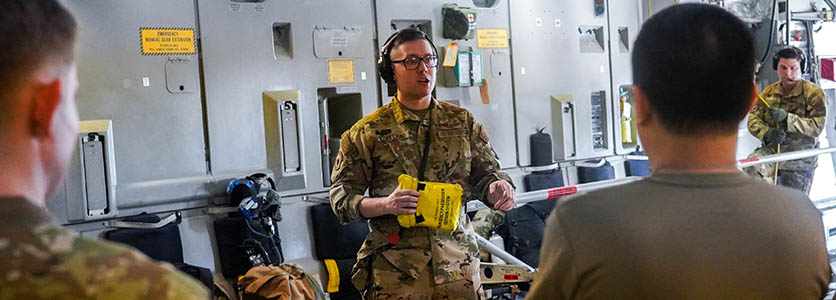
Examples:
- Evaluating unit training distractions and quantifying the time spent on non-core military activities.
- Identifying core irregular warfare training skills that the DOD should maintain following the Global War on Terrorism.
- Assessing the incorporation of foreign language, regional expertise and cultural content into professional military education.
- Examining the interagency knowledge and skills of both military and civilian senior executives.
- Conducting a quantitative and qualitative return on investment of the military service academies.
Research Spotlight
Achieving Years of Navy Information Technology Training and Experience in Just Four Months
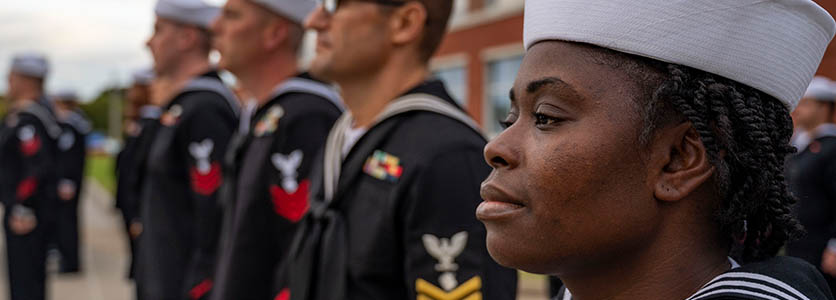
IDA’s analysis of the Defense Advanced Research Projects Agency’s Digital Tutor found that sailors who used this novel training system in a 16-week course substantially outperformed technicians with years of experience and graduates of a traditional 35-week training on a range of troubleshooting tests.
See our research summary and our report.
Measuring Readiness
Metrics to Enable Leaders to Track Readiness Levels and Predict Operational Capacity

Tracking readiness
Using 10 years of monthly readiness reporting, IDA identified where drivers of readiness ratings were masked by aggregated, higher level reports. IDA suggested alternative metrics to enable leaders to verify that readiness levels were improving.
Operational capacity
IDA investigated the demand associated with operational plans, including the sequencing of forces, component, and readiness levels. IDA’s model provided a means to see where investments in readiness levels, by component, could enable force elements to meet faster demand timelines.
Research Spotlight
How Do Full-Time Support Personnel Affect Army National Guard Readiness?
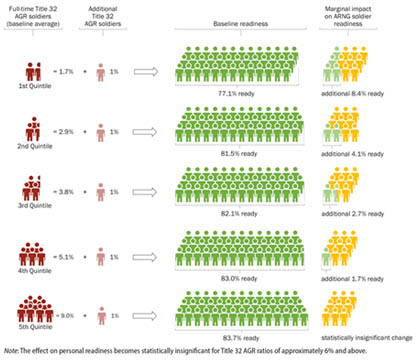
IDA modeled Army National Guard (ARNG) soldiers’ individual readiness as a function of the number of full-time support (FTS) personnel assigned to a unit. Results showed a robust, positive effect of FTS personnel on readiness of soldiers in their unit, with larger impacts in units with fewer FTS personnel. The analysis helped ARNG leaders understand the payoffs to their personnel investments and more effectively allocate FTS personnel to generate and maintain readiness.
See a summary of IDA’s report here.
Workforce Mix
DoD Civilian Workforce
Developing New Approaches to Improve DOD Civilian Hiring and Retention Processes

Examples:
- Identifying barriers in the hiring process, misalignment of authority, and inefficiencies in compensation policies.
- Proposing new talent management principles to hire, develop and retain quality civilian leaders.
- Understanding the DOD’s requirement for digital engineering personnel and describing the costs and benefits of programs and structures for managing their education, training, careers and compensation.
Workforce Mix
Helping the DOD Efficiently Meet Readiness Objectives and Build a Capable Joint Force
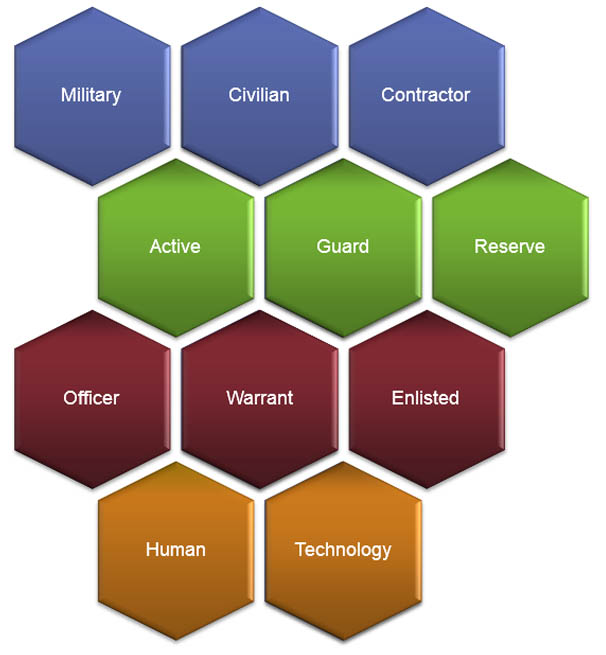
- Which jobs are best suited for personnel versus technology solutions?
- Should a position be filled by military, civilian or contractor personnel?
- If military, should it be in the active or reserve component?
- Does the position require an officer, warrant officer or enlisted service member?
Research Spotlight
Operational Assessments of Reserve Component Forces in Iraq and Afghanistan
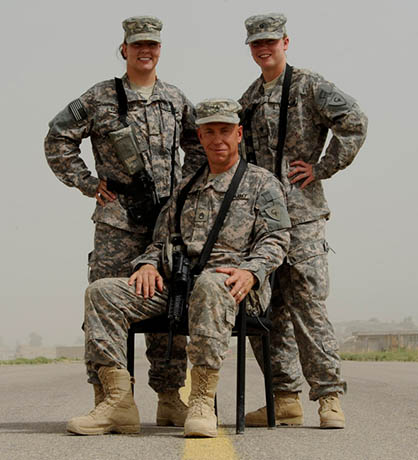
In a series of studies, IDA compared active and reserve component organizational performance during the Global War on Terrorism in Iraq and Afghanistan. Metrics derived from multiple databases revealed that reserve component forces often equaled or surpassed active component performance. This finding suggests areas for potential force mix changes with less operational risk.
Learn more in our full reports on Iraq and Afghanistan.
Research Spotlight
Developing a Model for Force Structure Planning Under Uncertain Requirements
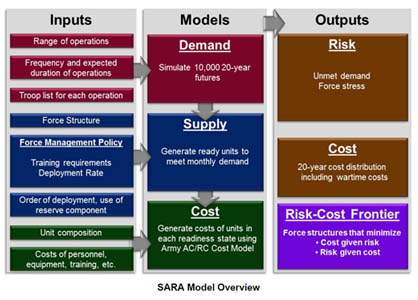
The optimal future force size and mix of active and reserve service members depends on operational requirements. However, future requirements are uncertain. The Stochastic Active-Reserve Assessment (SARA) model estimates how well various force structures can meet demand, and it relates force structure decisions to operating costs and recruiting requirements. By characterizing force structures in the risk-cost space, the model provides a method to balance the risk of operational shortfalls with the costs of maintaining a larger force.
See our report to learn more
